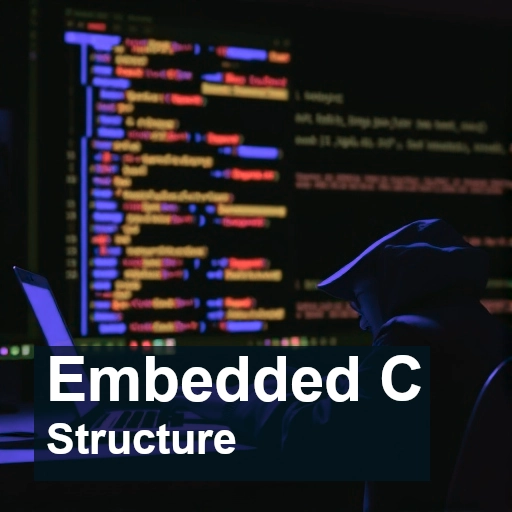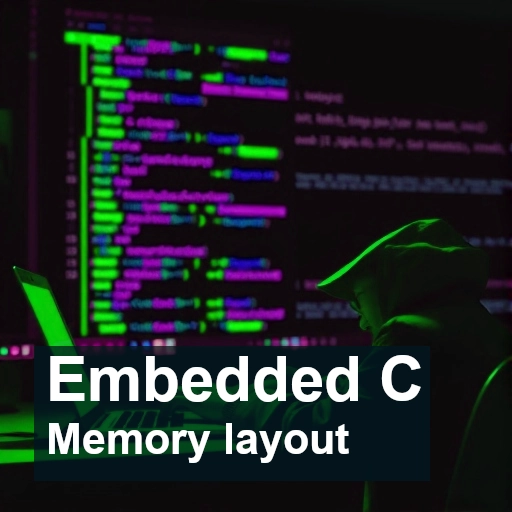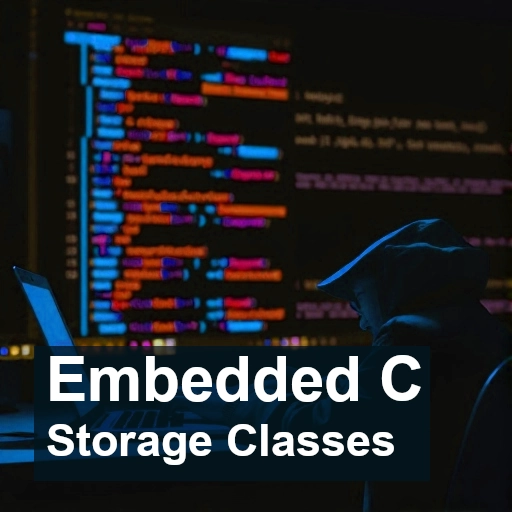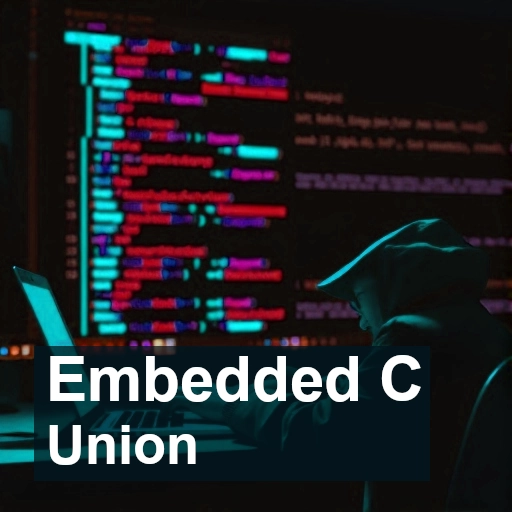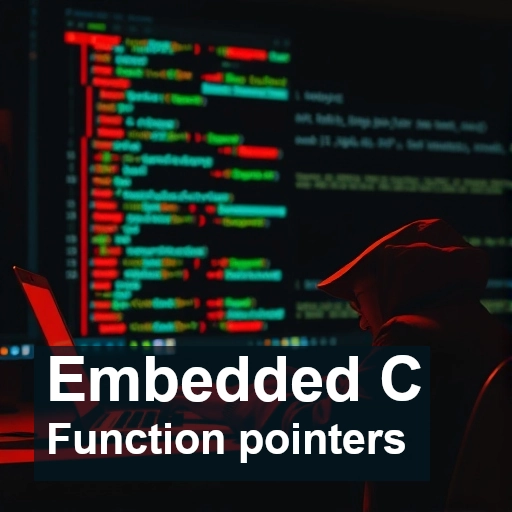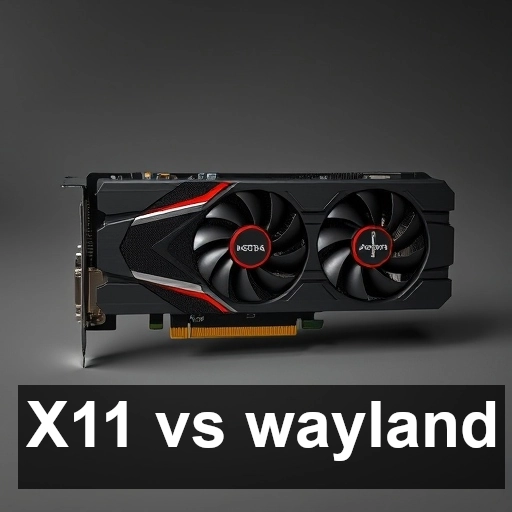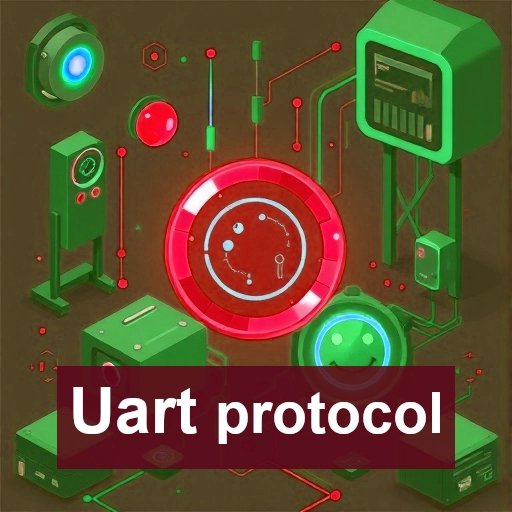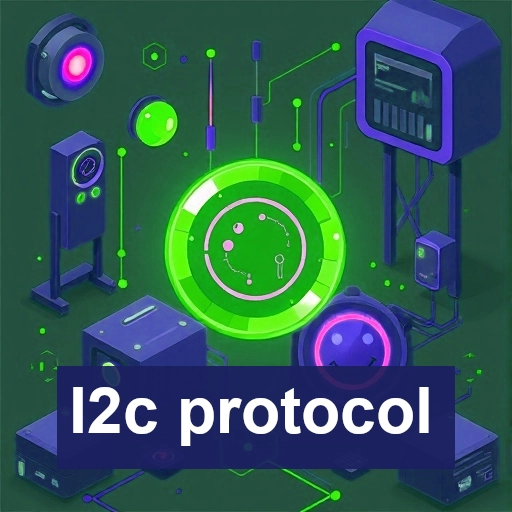In C programming, a structure is a user-defined data type that allows the combination of data items of different types under a single unit. Structures are a powerful feature of C, enabling programmers to organize and manage data efficiently. With structures, related data can be grouped together, making it easier to manipulate and process them in a cohesive manner.
Understanding Memory Layout in C
Memory segmentation refers to the division of memory into distinct segments or sections, each having a specific role in a running program. In a typical computer system, the memory is divided into several regions, and these regions are used to store different types of data such as the program code, static variables, stack, and heap.
Storage Classes in C: Understanding Variable Scope, Lifetime, and Visibility
In C programming, storage classes define the characteristics of variables and functions. They specify the scope (where the variable is accessible), lifetime (how long the variable exists in memory), and visibility (how the variable interacts with other parts of the program). Storage classes control how variables are stored in memory and how they are handled during the program's execution.
Unions in C: A Comprehensive Guide
A union in C is a special data type that allows you to store different data types in the same memory location. Unlike structures, where each member has its own memory space, all members of a union share the same memory space. The size of a union is determined by the size of its largest member, as all members occupy the same address in memory.
Dynamic Memory Allocation in C
Dynamic memory allocation in C allows a program to allocate memory during runtime, which provides flexibility in memory management. This feature is especially useful when the size of data structures like arrays is not known beforehand or when the program's memory requirements change during execution.
Function Pointers in C: A Comprehensive Guide
A function pointer in C is a variable that stores the address of a function. This allows you to invoke the function indirectly, through the pointer. Function pointers can be used to create more flexible and dynamic programs, enabling functionality like passing functions as arguments or implementing callback functions.
Exploring VirtManager: A Comprehensive Guide to Virtual Machine Management
In today's world of virtualization, managing virtual machines (VMs) efficiently is essential for administrators, developers, and anyone working with virtualized environments. VirtManager, short for Virtual Machine Manager, is a powerful and user-friendly tool for managing virtual machines via graphical and command-line interfaces. Designed to work with various virtualization technologies, VirtManager…
X11 vs. Wayland: A Comparison with Qt and GTK Applications
In the world of Linux graphical environments, X11 and Wayland are two major display server protocols that serve as the backbone for rendering graphical user interfaces (GUIs)
Understanding the UART Protocol: A Comprehensive Overview
The Universal Asynchronous Receiver-Transmitter (UART) protocol is a widely used method for communication between microcontrollers and other devices. UART is a simple, reliable, and efficient serial communication standard that is integral to many embedded systems, communication devices, and computer hardware. This article delves into the fundamental aspects of the UART protocol, its components, working principles, and its various applications.
Understanding the I2C Protocol: A Comprehensive Guide
The Inter-Integrated Circuit (I2C) protocol is a widely used communication standard that enables low-speed, short-distance communication between microcontrollers, sensors, and peripheral devices in embedded systems. Developed by Philips Semiconductors (now NXP) in the 1980s, I2C has become a go-to protocol for connecting various components on a circuit board due to its simplicity, efficiency, and flexibility.

